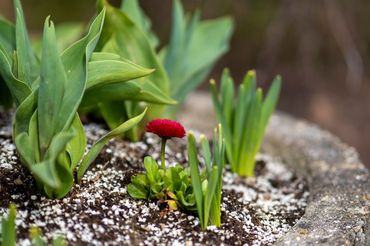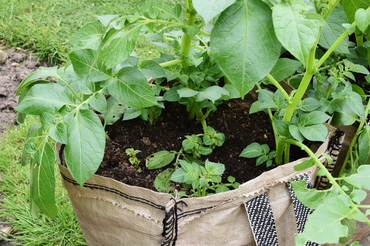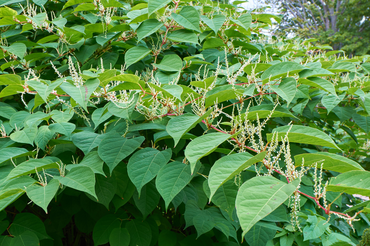
Walking on a well-kept lawn and feeling the cool grass under your feet is one of the joys of summer. Feeding your lawn helps to keep the grass growing strongly, out-competing weeds and moss, so there’s less need for reseeding or replacing bare patches. Feeding can also help turf recover from hard wear. Here’s how and when to fertilize your lawn.
How to Apply Lawn fertilizer
It’s important to apply fertilizer evenly across the lawn to avoid uneven, patchy growth, and the simplest way to do this is to use a spreader. Handheld spreaders work well for small properties and lawns that are not rectangular. For big spaces and rectangular lawns, a mechanical spreader will scatter the seed efficiently and evenly. Follow the manufacturer’s instructions on how much to apply, as applying too much can burn the grass. Most fertilizers need to be watered in, so aim to apply fertilizer just before a reasonable period of rain, or water it in yourself with a hose or sprinkler after applying.
When to Apply Lawn Fertilizer
The first feed of the year should be applied in spring, once the soil temperature is around 12°C (55°F) and the grass has started to grow. Spring lawn feeds contain high nitrogen levels to boost leaf growth and give the grass a good green colour. Spring is also an excellent time to apply moss killer. If you need to use a weedkiller to control lawn weeds, wait until late spring when the weeds will be growing strongly.
Around July, apply a quick-release summer lawn fertilizer. This gives your grass a boost and keeps it looking green. You don’t need to scarify the lawn before fertilizing in summer, but do water the feed afterwards if there’s no expected rain.
In September or October, apply an autumn lawn fertilizer. Spring and summer lawn feeds contain extra nitrogen to promote lush growth, which isn’t wanted in autumn, as soft new growth could be damaged by cold winter weather. Instead, autumn lawn feeds are high in potassium which makes the grass hardier and better able to withstand low temperatures.
Fertilizing Your Lawn in 4 Steps
For the best results, follow these four steps when feeding your lawn:
-
Scarify the lawn by raking firmly over it with a spring tine rake or using a mechanical scarifier. This removes thatch (old dead grass) that can stop water and fertilizer from reaching the roots of the grass.
-
Aerate the soil using a hollow tine aerator or a garden fork to spike holes at regular intervals. This allows oxygen, water, and fertilizer to reach the roots of the grass, promoting vigorous growth.
-
Cut the grass a couple of days before applying fertilizer.
-
Apply the feed using a spreader and water it if no rain is forecast.
You’ll find everything you need for your lawn in our centre, and our staff are always happy to help. Why not visit us today?




